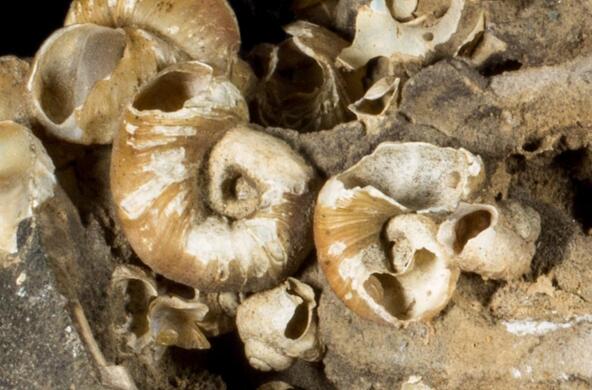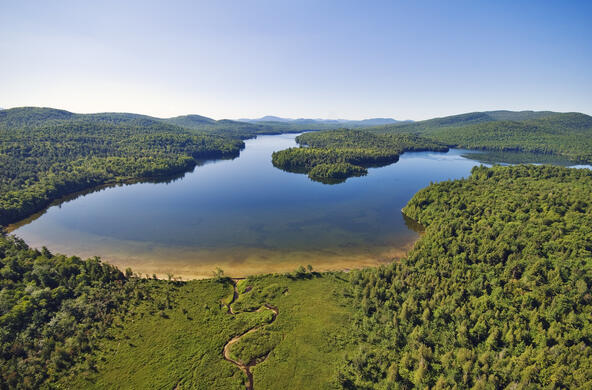What good are clams? I work with a lot of obscure animals, such as bivalve mollusks (clams and their relatives), and one of the most common questions I get is, "What good are they?"
This is an odd question, because it suggests that the purpose of billions of years of evolution was to produce species to be useful to humans. You might just as well turn the question around and ask what good humans are to sycamore trees or woodpeckers, or herring. In fact, the utility of a species to humans probably tells us more about human ingenuity than about that species.
So to rephrase the question about what good bivalves are, we should ask what human inventiveness has been able to do with them. Well, to begin with, we eat them. Whether oysters, scallops, mussels, clams, quahogs or coquinas, marine bivalves are prized menu items all around the world.
What about freshwater bivalves? Native Americans ate a lot of freshwater mussels, as do a few country folk today. Personally, although I find freshwater mussels to be alluring to study, I think they're revolting as food. My aversion is well-founded. Biochemists have found that freshwater mussels are rich in "putrescine" (no, I didn't make that up), a chemical that gives rotting corpses their characteristic aroma. (If freshwater mussels still sound tasty to any of you zombie readers, and you want to try eating one, remember that raw freshwater fish and shellfish can carry nasty parasites, so collect them from clean water and cook them well.)
Many bivalve shells are made of a lustrous material called aragonite or mother-of-pearl, so we've valued bivalves for their beauty for nearly as long as we've eaten them. Indeed, the oldest known piece of art is a freshwater mussel shell that was inscribed with geometric figures by Homo erectus in Indonesia more than half a million years ago. In more recent times, we've used mother-of-pearl to make utensils, shirt buttons and decorative objects. And, of course, bivalves give us one of the most sublimely beautiful and precious objects in the natural world – pearls.
Intriguingly, bivalve shells are used to decorate graves in cultures around the world, including Kentucky, Texas, the Balkans and other places. I don't know the origin, significance or symbolism of this practice.
Bivalve shells are also used for more prosaic purposes. In the South, where natural deposits of gravel are rare, huge numbers of the "Louisiana road clam" are fished from estuaries to build road beds (21.2 million tons in a single year!). And bivalve shells are commonly included as a supplement in poultry feed to provide calcium for egg production.
Finally, a surprising use for bivalves that I just learned about, and which inspired this column. Many bivalves, such as the blue mussels that live on rocky seashores, attach themselves to the bottom with a bundle of tough threads called a byssus. The byssal threads of the pen shell, a marine bivalve, are so long that they can be collected and woven into cloth. The golden "sea silk" made from these painstakingly collected and processed fibers is extremely light and strong, and among the most expensive of all fabrics. More recently, materials scientists have been investigating byssal threads as an inspiration for next-generation adhesives.
So we might give two answers to what good bivalves (or any other species) are. We could say that the good that people find in a species depends chiefly on our resourcefulness and experience with the species. So far, we've managed to use bivalves for food, art, jewels, shirt buttons, fine silk, grave decorations, road beds and chicken feed, and this doesn't even count the good they do in natural ecosystems by clearing up the water, providing food and habitat to other animals, and so on.
But as the ongoing research of materials scientists shows us, we're not done yet. So because our resourcefulness and experience always are growing, we could just as easily say that we don't yet know what good any species, no matter how humble, will turn out to be.







